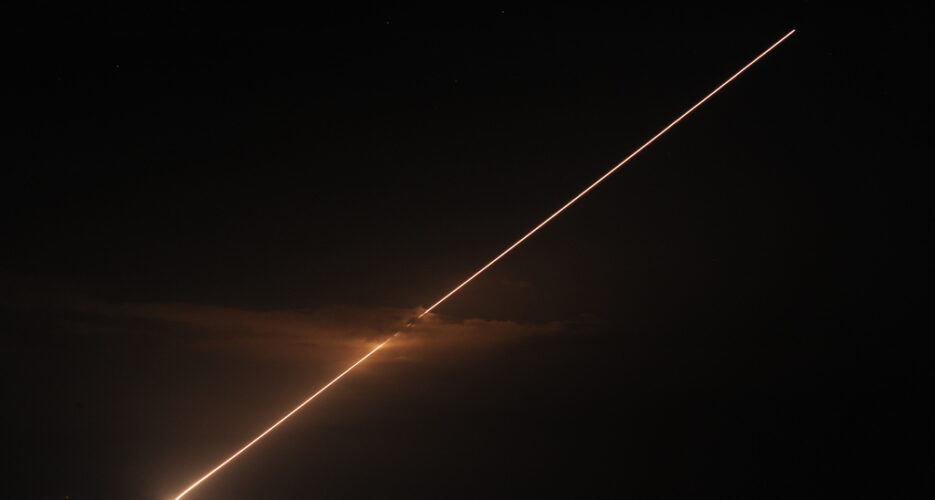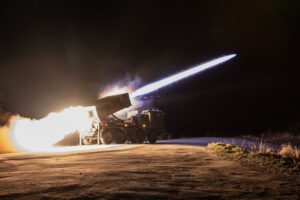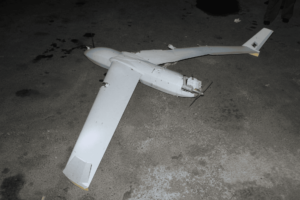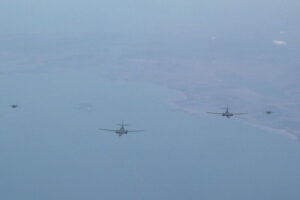For many years, South Korea maintained a policy of strategic ambiguity over the possible deployment of the U.S. Army’s Terminal High Altitude Area Defense (THAAD) anti-ballistic missile system on its soil. It had frequently tried to allay regional paranoia by insisting that its indigenous Korean Air and Missile Defense (KAMD) system attenuated the need to adopt THAAD.
But in June last year, South Korea cited the inadequacy of its current arsenal to defend against North Korea’s Rodong missiles, and a month later, the deployment of THAAD was announced. Given, however, that this particular class of missile is old news, why has it suddenly become a significant enough threat to warrant the deployment of THAAD?
For many years, South Korea maintained a policy of strategic ambiguity over the possible deployment of the U.S. Army’s Terminal High Altitude Area Defense (THAAD) anti-ballistic missile system on its soil. It had frequently tried to allay regional paranoia by insisting that its indigenous Korean Air and Missile Defense (KAMD) system attenuated the need to adopt THAAD.
But in June last year, South Korea cited the inadequacy of its current arsenal to defend against North Korea’s Rodong missiles, and a month later, the deployment of THAAD was announced. Given, however, that this particular class of missile is old news, why has it suddenly become a significant enough threat to warrant the deployment of THAAD?
Try unlimited access
Only $1 for four weeks
-
Unlimited access to all of NK News: reporting, investigations, analysis
-
Year-one discount if you continue past $1 trial period
-
The NK News Daily Update, an email newsletter to keep you in the loop
-
Searchable archive of all content, photo galleries, special columns
-
Contact NK News reporters with tips or requests for reporting
Get unlimited access to all NK News content, including original reporting, investigations, and analyses by our team of DPRK experts.
Subscribe
now
All major cards accepted. No commitments – you can cancel any time.










